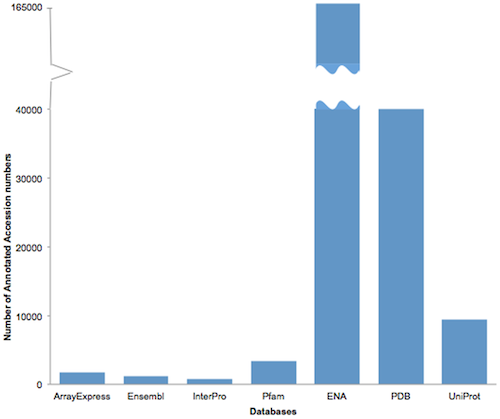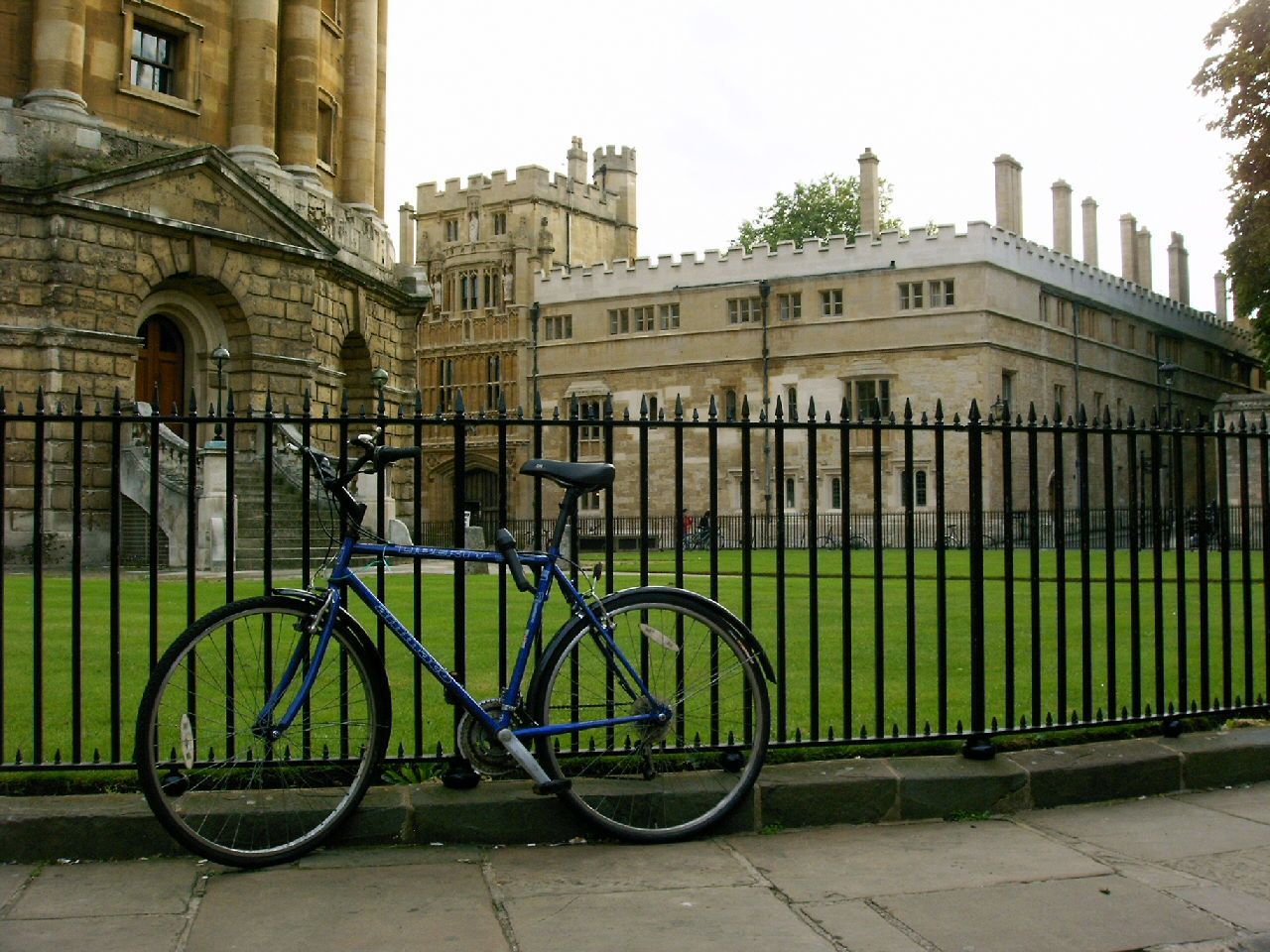
Altmetrics track the impact of scholarly works in the social web. Article-Level Metrics focuses on articles, but also looks at traditional citations and usage statistics. The PLOS Article-Level Metrics project was started in 2008. The altmetrics manifesto was published in October 2010 and described the fundamental ideas. By October 2011 we had a number of altmetrics tools, fueled by the Mendeley/PLOS API programming contest.




